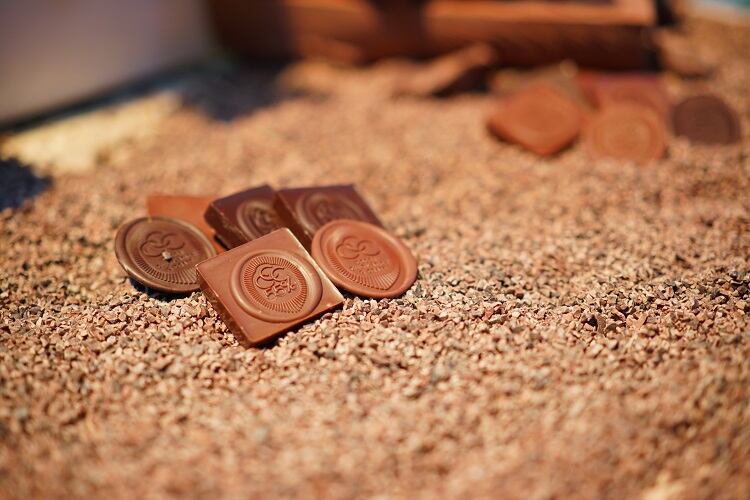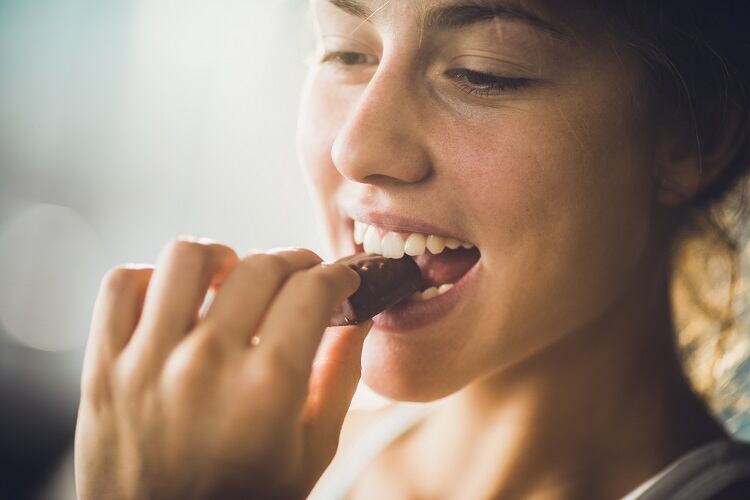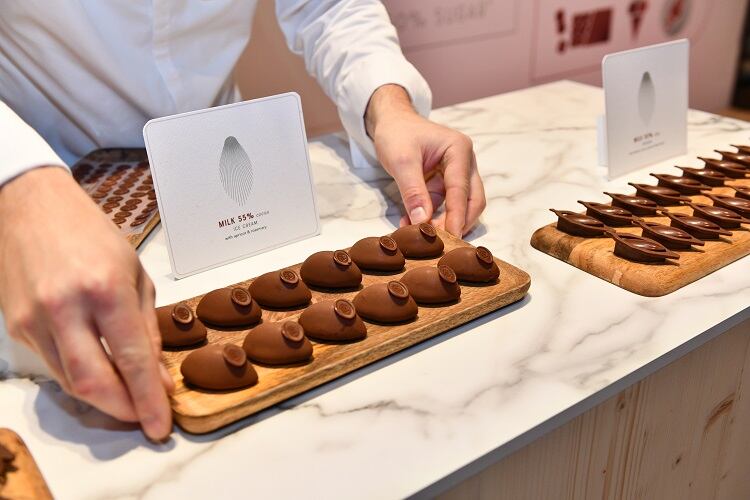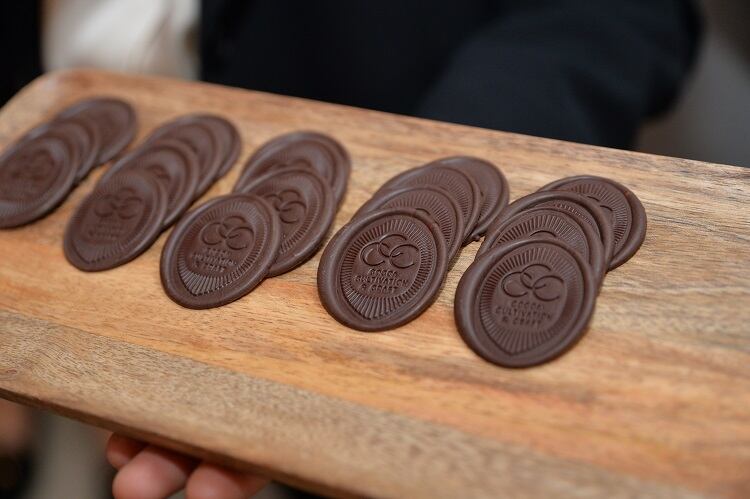More than 140 years after the emergence of the ‘first generation’ of chocolate, supplier Barry Callebaut is introducing what is describes as the ‘second generation’: a portfolio of dark and milk chocolates developed through ‘optimised’ production processes.
In redesigning the making of chocolate, the company is recognising the ‘special qualities’ of each cocoa bean and ‘coaxing out the nuances of flavour’, Bas Smit, Vice-President, Global Marketing and R&D, explains.
Next-gen choc led by Cocoa Cultivation & Craft principle
Barry Callebaut is designing the ‘second generation’ of chocolate according to its Cocoa Cultivation & Craft principle (CCC). While the company says initial efforts to redesign its production processes kickstarted in 2000, more recent research insights have helped advance its development.
Specifically, Barry Callebaut has taken part in a long-term research programme in collaboration with the Jacobs University Bremen, Germany, which has contributed to the development of advanced detection technologies, which when combined with new sensory methods, enables the identification of ‘unique characteristics’ in the cocoa beans.
On the farming side of things, the company ‘only’ selects beans with a ‘high flavour potential’. A ‘specific’ fermenting practice is employed to create a ‘unique temperature development’ over time. And then in roasting, the company has ‘carefully defined temperature phases’ which stimulates unwanted volatiles to evaporate.

“The production steps remain the same, but the execution of each step is optimised to meet new standards for the second-generation chocolate,” explained Smit.
For example, during the fermentation process, starter cultures are sometimes added, while the critical temperature evolution of the beans does not follow a specific development over time during the fermentation process.
“The CCC principle defines the making of the second-generation chocolate very precisely, supported by clear protocols. The beans are placed in wooden boxes and ferment in their own sweet pulp, with the temperature thoroughly checked.”
In terms of roasting practices, these are also adapted to the ‘unique character’ of the cocoa beans, Smit elaborated.
‘Cocoa first, sugar last’
The result is a portfolio of dark and milk chocolates which, by putting ‘cocoa first’ and ‘sugar last’, aims to address consumers’ desire to indulge more mindfully.
To date, Barry Callebaut has introduced one ‘second generation’ dark chocolate product (75% cocoa, sugar), which it describes has having a ‘round taste profile’, and a ‘cocoa taste with low bitterness’.
The company is introducing two types of milk chocolate. M-cocoa (55% cocoa, milk powder, sugar) is described has having cocoa notes, a milk taste, and a ‘fine mouthfeel’. It is ‘not too sweet’, Smit told this publication. M-milky (55% cocoa, cream powder, sugar) has a milky/creamy taste, and a ‘very creamy mouthfeel’. Similarly to M-cocoa, it is ‘not too sweet’.
“It is a cocoa bite instead of a sweet bite,” elaborated Smit. “We’re adding 60-80% more cocoa to a chocolate bar and reducing 50% of the sugar because it is simply not needed.
“The chocolate taste ranges from a natural and rich cocoa flavour to more complex flavour profiles.”

Barry Callebaut also works in white and ruby chocolate varieties, but decided to focus on dark and milk chocolate only for its ‘second generation’, as these are the two variants ‘most consumed’, we were told.
As to whether customers should expect to pay a premium for the next-gen chocolate, Smit suggested it is a premium product. “The chocolate is of a higher quality and hence costs more to produce, which will be reflected in the price Barry Callebaut charges it customers but is made for a broad audience.”
Addressing the need for ‘mindful indulgence’
The company expects brands to launch the new chocolate for all applications, from confectionery to bakery, pastry, desserts, and ice cream. It takes about 12-18 months before consumer brands and artisans introduce their applications.
According to Peter Boone, CEO of Barry Callebaut Group, the new line of chocolate addresses changing consumer preferences and consumers’ desire to indulge more mindfully. “It will inspire and support brands and artisans to craft their next-generation chocolate creations…”
Indeed, the chocolate subcategory related to mindful indulgence is on the rise, growing +6% to outpace the +1.8% growth of the total 2016-2021 market according to Euromonitor International.

From a bottom-line perspective, the new product may not have a material impact in the short-term, according to Stifel analyst Pascal Boll. But, as it is going to be relevant for food manufacturing – which accounts for roughly 70% of Barry Callebaut’s volume – he believes it will likely become ‘more than a niche product’.
“While there is the risk that some of the existing volume will be cannibalised over time, the high innovational content should help to attract new clients to Barry Callebaut or at least retain the company’s competitive edge in an industry that cannot exclude itself from growing health related consumer preference (less sugar, less processed food and more natural ingredients).”


